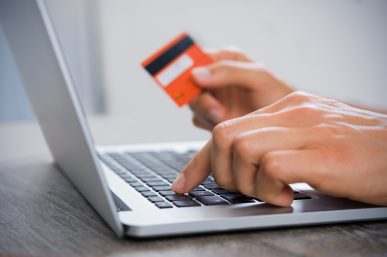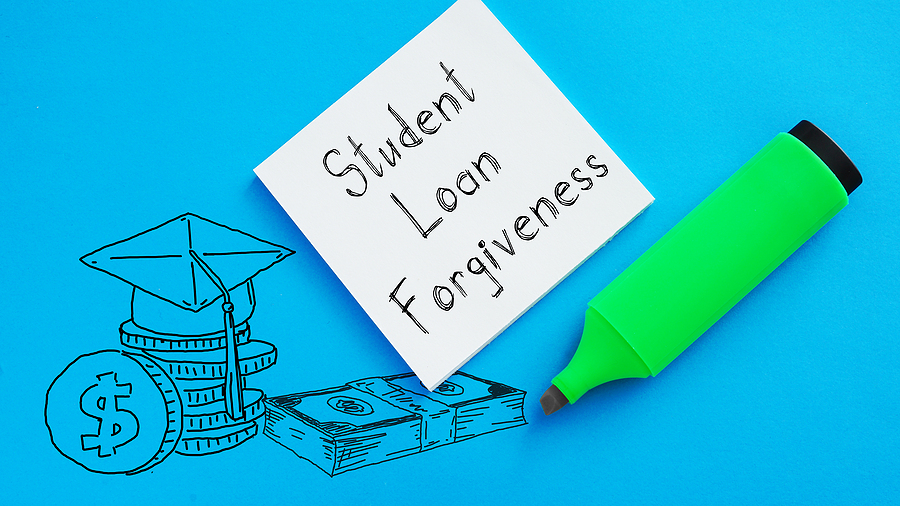Can You Pay Your Student Loan Bill with a Credit Card?

In 2023, more than 44 million U.S. adults had federal student loan debt. For borrowers currently repaying their debt, the average monthly payment is anywhere between $200 and $300.
Are you one of the millions of people in that group? If so, you’re probably looking for ways to make the monthly cost more manageable. For a borrower in a financial pinch, using your credit card might even seem like a good solution.
Unfortunately, you might need to find another option, since most lenders don’t accept credit cards as payment for student loans. One possible workaround is taking out a cash advance from your credit card, but using a cash advance is one of the most expensive and risky financial moves you can make.
How to make a student loan payment with a credit card
If you truly have no other way to cover your upcoming student loan debt payment, and your creditor won’t accept a credit card payment (which most don’t), using your credit card for a cash advance could be one solution. Here’s what you need to know:
What is a credit card cash advance?
A credit card cash advance is an advance of cash that you pull from your credit card account. Not all credit cards allow you to make these transactions because of how costly and high risk they are. In fact, many credit card companies and banks warn against using cash advances unless you’re in a financial emergency.
If you still want to proceed, here’s how you can get a cash advance from your credit card:
- ATM: You can use your credit card to withdraw cash at an ATM. In order to do this, you’ll need the PIN for your account, which the creditor can provide on request.
- Bank: Depending on your card, you may be able to visit any bank or you may be limited to a branch affiliated with the bank that issued the card.
- Cash-advance check: Your credit card company may provide a service where they send you checks for the purpose of making cash advances. These checks work much like a regular check, but instead of drawing the funds from your bank account, they draw from your credit card.
Why you should avoid credit card cash advances
As simple as a cash advance from your credit card might seem, there are some not-so-great penalties that come along with it. They include:
- Interest rates up to 35% or higher on the advance amount.
- Interest begins accruing from day one (unlike regular credit card purchases).
- Cash advance fees can total 5%-10% of your advance amount.
- You may have to pay ATM fees.
In addition, that debt you accrue by taking out a credit card cash advance doesn’t have the same perks as your student loans. Benefits like income-driven repayment (IDR) plans, deferment or forbearance, and tax benefits are all given up if you move federal student loan debt to a credit card.
Alternatives to paying your student loan with a credit card
Your credit card should be the last option you turn to for making student loan payments. If you’re struggling to come up with money for your loan, try finding a solution that doesn’t increase your financial risk.
For federal student loans, visit StudentAid.gov to explore the various payment plans available to you. Depending on your situation, that can include anything from a $0 a month IDR plan to loan consolidation or forgiveness.
While private student loans don’t have the same flexibility, you may still be able to get help. Some private lenders allow you to postpone payments, whether through a deferment or forbearance plan, if you’re facing financial hardship, but you have to contact them to ask what you qualify for and how to apply.
If you’re looking for more guidance, consider meeting with a student loan counselor. An NFCC-certified counselor can walk you through all your options for managing student loan payments, as well as your other debt, and help you come up with a long-term strategy for improving your finances.




